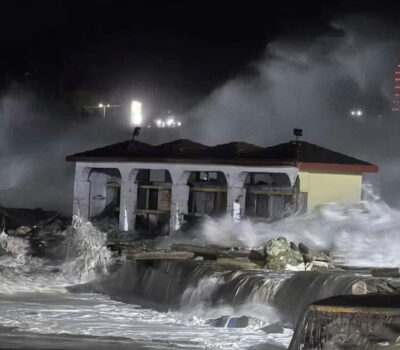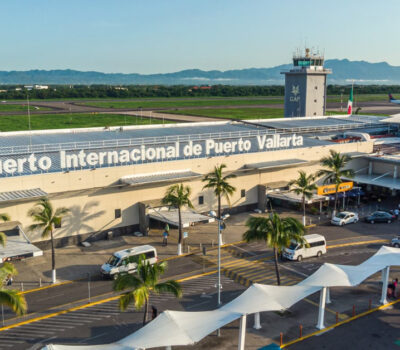Puerto Vallarta, Mexico – The sun-soaked shores of Mexico have long been a magnet for college students seeking lively spring break escapes. But according to a new analysis by Francisco Madrid, Director of the Center for Advanced Research in Sustainable Tourism (Starc) at Universidad Anáhuac, that party-centric model is fading in favor of broader, more family-oriented experiences.
Madrid’s research shows that the so-called “spring breaker” segment of the tourism market has plunged by about 70 percent over the past two decades. At its height, more than 120,000 college students flocked to Mexico’s coastlines each spring; today, fewer than 35,000 head for the Caribbean beaches, and only a few thousand remain in destinations like Puerto Vallarta.
This decline in youthful partiers is not simply a loss, Madrid notes, but rather an opportunity. As spring break tourism recedes, a rise in family-focused vacations has filled much of that space. “It is normal that over time the trends of these markets change,” he says, emphasizing that many travelers now seek safe, culturally enriching getaways in Mexico instead of wild parties.
In response, tourism operators have shifted gears. Hotels and resorts increasingly cater to families, offering a broader range of activities—think sports programs, wellness options, and even medical tourism services. This diversified approach taps into a variety of traveler preferences, helping destinations remain vibrant and resilient throughout the year.
Industry experts say these adjustments could also usher in more responsible tourism practices. By diversifying offerings and rebranding destinations to appeal to different demographics, businesses can promote year-round visitation and create steadier local economies. Emphasizing sustainability and community engagement—rather than purely nightlife—can help prevent some of the environmental and social strains that heavy party tourism can bring.
Still, challenges loom. As the once-dominant spring break crowd diminishes, tourism stakeholders must effectively communicate the appeal of these new offerings. Marketing campaigns and partnerships with international travel agencies will be critical in showcasing Mexico’s array of experiences beyond the classic image of all-night parties.
Yet there is hope for balance. Madrid stresses that the spring break audience is not going away entirely: “Fortunately, it’s not lost,” he says, suggesting there is room for a continued if smaller influx of young revelers amid the new developments.
Ultimately, Mexico’s beaches find themselves at a pivotal moment. As the country embraces tourists seeking more than just clubs and cocktails, it faces the challenge—and the promise—of reinventing its global reputation. If done right, the shift could bring about a tourism boom that benefits local communities, preserves natural resources, and delights visitors of all ages.
Puerto Vallarta, Mexico - The sun-soaked shores of Mexico have long been a magnet for college students seeking lively spring break escapes. But according to a new analysis by Francisco Madrid, Director of the Center for Advanced Research in Sustainable Tourism (Starc) at Universidad Anáhuac, that party-centric model is fading in favor of broader, more family-oriented experiences.












